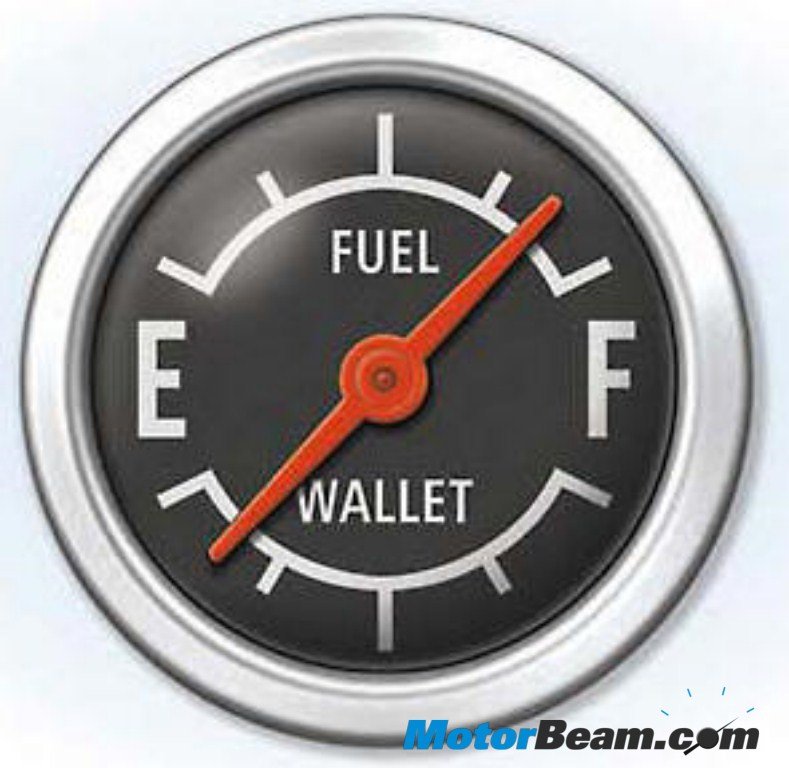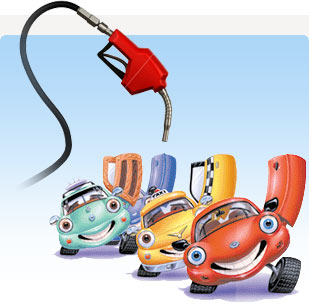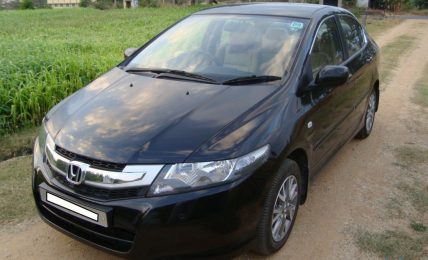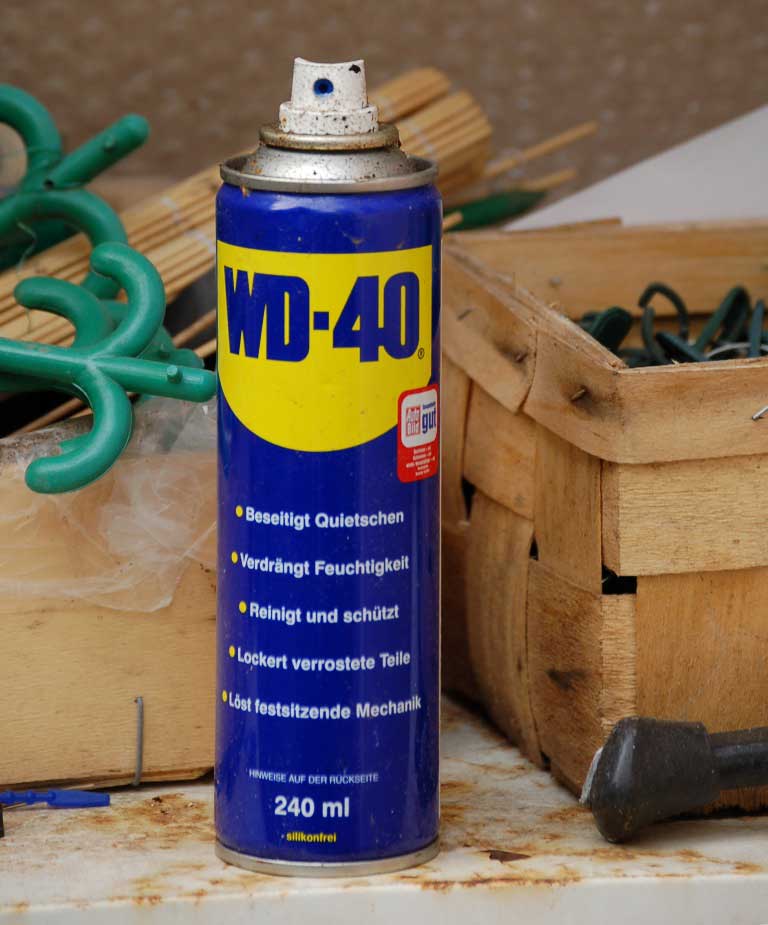The rising fuel prices are certainly not helping the owners or the manufacturers. With fuel pricing skyrocketing, there’s really not much you can do about it. The difference between the petrol and diesel prices are almost 40 percent and with more and more people shifting to diesels for economies of scale, petrol users are not left with much to do.
Till the time hydrogen fuel cells or electric cars become affordable alternative to fossil fuels, driver’s can change their driving style to make their journeys more fuel efficient. Here are 10 steps you may follow to increase the maximum efficiency on your petrol car.
Step 1 – Be gentle on the throttle
Petrol cars have linear delivery of power resulting in faster acceleration, thus outright acceleration only leads to wastage of fuel. Ideally only 20 percent of throttle effort is required to gain momentum. Do not rev unnecessarily and be gentle to the throttle. Shift to higher gears quickly to gain momentum and you will see an immediate change in your mileage consumption.
Step 2 – Avoid hard braking
It is best to avoid hard braking unless in an emergency. Not only is it not safe, as you may lose the control of your car, but also because cars lose fuel far more rapidly that way. The car will also increase consumption of fuel to gain speed. If you are reaching a traffic light, choose to brake early with gradually reducing speed from a distance. You can also choose engine braking that cuts of fuel to the engine when you let off the throttle completely. This leads to the car slowing down and will burn the minimum amount of fuel.
Step 3 – Do not idle the car
Avoid keeping a petrol car idle as it will only consume more petrol and will add to the expansive fuel bills. Unlike diesel cars that need to warm up for better performance, petrol cars warm up quickly. It is best advised to switch off the engine at traffic lights or when not in use for over a minute. You will definitely add 4 percent to your overall fuel consumption.
Step 4 – Reduce the use of Air conditioning
The use of air conditioning puts additional load on the engine that adds to the fuel consumption. You may use the fan instead for a breezier cabin. This does not mean to completely shun the use of air conditioning. You can also regulate the temperature by cooling the cabin and switching off and back on again at regular intervals. Avoid keeping the windows open at high speeds, since that increases drag resulting in more fuel consumption.
Step 5 – Keep the ideal tyre pressure
Tyres inflated with the correct pressure add to your fuel economy by 3 percent. Tyres tend to lose pressure every month, so it is better to always get it checked when at the petrol pump or service station. Under inflated tyres take more effort to spin and increase the effort of the engine while lowering the performance. The manufacturer recommends the ideal pressure for your tyres in the manual of the car.
Step 6 – Choose a fuel efficient vehicle
Manufacturers are loading electronic goodies on their cars to make them fuel efficient. If efficiency is your biggest criteria, you can opt for several cars that not only provide higher fuel efficiency but also come with decent space and goodies. It is better to choose a smaller light car over full sized sedans and SUVs for lower fuel bills.
Step 7 – Drive in the right gear
Driving in the lower gear will lead to unnecessary loss of fuel. It is better to switch to a higher gear without accelerating too much. Driving at high speeds in lower gear strains the engine and increases the fuel consumption. Try keeping the rev band within 2000-2500 for fuel efficient driving.
Step 8 – Use cruise control
If your car comes with this feature, it will help you generously in saving fuel. When out on the highway on long journeys, it is best to use the cruise control option. Cruise control keeps the car at a specified speed that leads to reduction of braking and acceleration. It also helps the driver keeping him relaxed through the journey.
Step 9 – Get your car serviced at regular intervals
It is best to get your car serviced at regular intervals. The service makes sure that the car has the smaller niggles checked and the engine is good to run. This also adds to the life of the engine without any major damage in the long run. The serviced cars will also make sure there is no drop in the mileage that is obvious on cars after a certain period of time.
Step 10 – Clean your air filter regularly
Cleaning a dirty air filter adds to the decrease in fuel consumption on a car. Cogged air filters restrict air flow to the engine. If the filter is too dirty it is best to replace the filter that adds to smoother acceleration and increase in fuel economy. Overall expect an increase of over 10 percent with clean filters.
Adopting these steps in your driving style will help you achieve an increased efficiency of over 20 percent on your car, and will also keep your car healthy and trouble free at the same time. If you have other tips to add to save costs on your fuel bills, let us know in the comments below.






